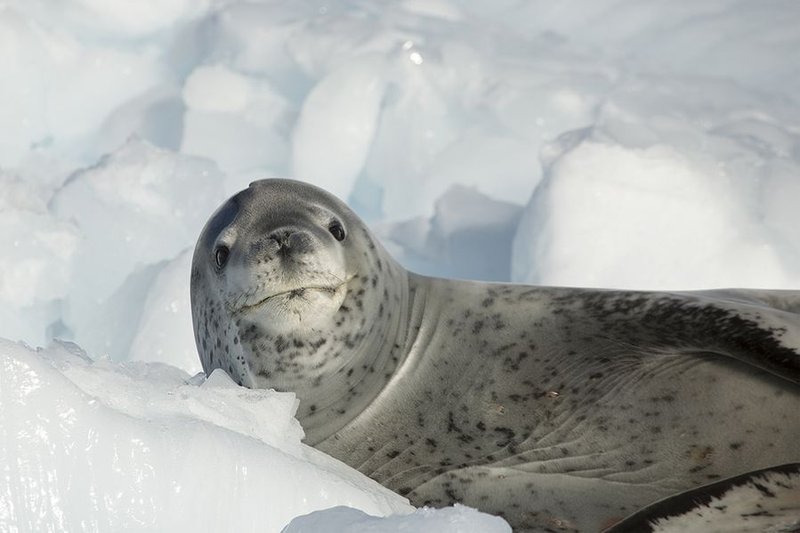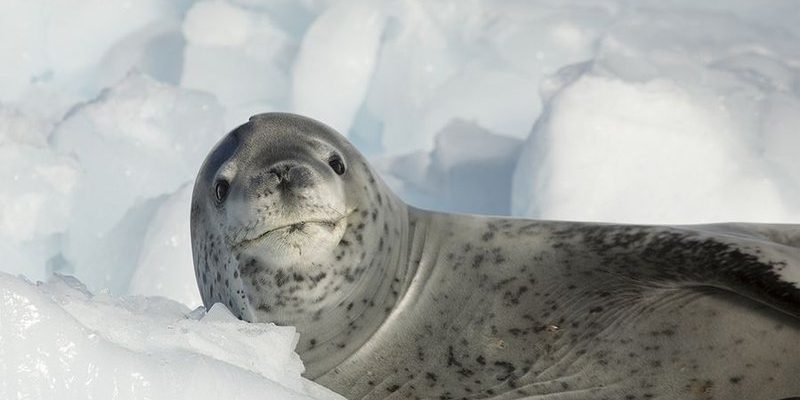
These majestic animals carry a reputation that’s both impressive and intimidating, leading to a wealth of myths and cultural beliefs surrounding them. Some people see them as fierce predators, while others regard them with a sense of wonder and respect. Let’s dive into the fascinating world of leopard seals and uncover the truths behind some of the most common myths and cultural beliefs about them.
Understanding the Leopard Seal’s Environment
Leopard seals are primarily found in the frigid waters of the Antarctic and surrounding regions. They thrive in a habitat that can be harsh for many other species—a vast expanse of ice, chilly ocean currents, and a lack of human interference. These seals are resilient, able to adapt to the extreme conditions and often dive to great depths in search of food, including krill and even penguins.
Now, you might be wondering why their habitat plays such a big role in shaping our perceptions of them. It’s all about the image of the icy wilderness. Many cultures associate cold, remote landscapes with danger, and leopard seals suffer from this perception. People often think of them as ruthless predators because they inhabit this harsh world. But here’s the thing: their environment is a part of their beauty, not a reason to fear them.
Myth: Leopard Seals Are Bloodthirsty Killers
It’s easy to see why some might label leopard seals as “bloodthirsty killers.” After all, they do prey on penguins and other seals. However, this characterization is a bit of a stretch. Leopard seals do hunt, but they mainly seek out creatures that are abundant in their environment, like krill.
Think of it this way: just like a lion is seen as a fierce predator in the savanna, leopard seals have their role in the cold ocean world. They help maintain the balance of their ecosystem. Preying on penguins is just part of their nature, not a sign of malicious intent. It’s essential to recognize that in the wild, every animal plays its part in the circle of life.
Cultural Beliefs: Symbolism and Respect
In various cultures, especially among indigenous peoples of Antarctica, leopard seals hold significant cultural importance. For them, these seals are not merely creatures to be feared, but symbols of strength and agility. In stories and folklore, they often represent challenges that one must face, mirroring how navigating life can be just as formidable as surviving in the wild.
Leopard seals also inspire fascinating art and stories. Artists and storytellers recognize their powerful and enigmatic presence. Like a stormy sea, they evoke emotions and provoke thoughts about survival, beauty, and the relentless pull of nature. Cultural beliefs around leopard seals inspire respect rather than fear, showcasing the diverse ways humans relate to these captivating animals.
Myth: All Seals Are the Same
One common misconception is that all seals are alike. In reality, there are various species, each with unique traits and behaviors, much like how different dogs have their unique qualities. Leopard seals, with their distinctive spotted coats and powerful jaws, are quite different from harbor seals or elephant seals.
Their adaptations—like long, streamlined bodies for swimming and strong foreflippers for maneuvering on ice—make them uniquely suited for life in the Antarctic. This is crucial for understanding their behavior and ecological role. If you think all seals behave the same, you miss out on appreciating the incredible diversity found in marine life.
Conservation Efforts and Misconceptions
With changing climates and shrinking ice caps, leopard seals face many challenges. Conservationists often work tirelessly to protect their habitats and ensure that these majestic creatures can thrive. Unfortunately, some myths about leopard seals make it harder for people to rally behind conservation efforts.
For example, the belief that they are aggressive towards humans might deter support for their protection. In reality, leopard seals typically avoid human interaction and only display aggression when feeling threatened. Understanding their true nature is vital for fostering public support in conservation initiatives. When we understand and appreciate them, we’re more likely to want to protect their environment.
Embracing the Fascination of Leopard Seals
As we learn more about leopard seals, it’s essential to embrace the fascination they bring to our world. Recognizing the myths versus the realities helps reshape how we view these incredible animals. Instead of seeing them as fearsome predators, we should appreciate them as vital participants in their ecosystem, symbols of strength, and subjects of awe.
The story of leopard seals teaches us about resilience and adaptability—qualities that resonate in our lives. When we think about these seals, let’s remember that they deserve our respect and protection. They are not just mythic beasts of the Antarctic; they are living reminders of the beauty and complexity of our natural world.
In the end, the myths and cultural beliefs surrounding the leopard seal challenge us to look deeper. By taking the time to educate ourselves and others, we can appreciate the roles these creatures play in their environments. So, the next time you hear a story about leopard seals, remember to consider the source, reflect on the truth, and appreciate the majestic presence they bring to our oceans.

